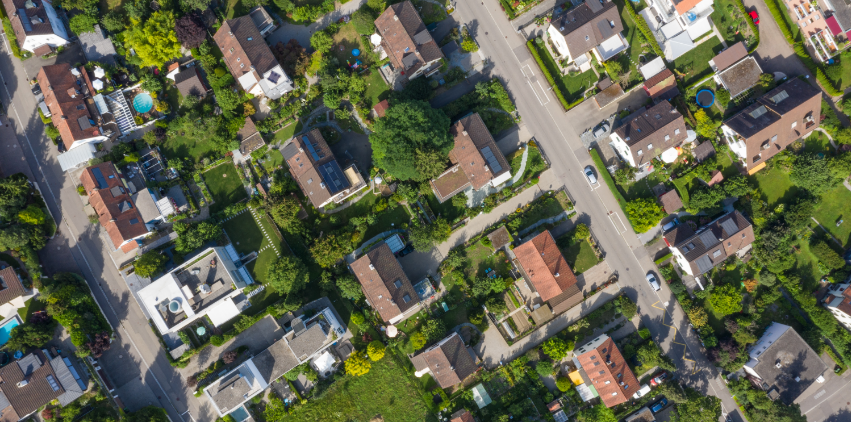

September 13, 2018 | Categories: Home, Weight Loss & Nutrition
The ‘burbs have a lot going for it—less pollution, fewer people, and not having to imitate a sardine and squeeze yourself into a subway car to get to work. But a downside? Your suburban lifestyle could be making you fat, according to a study from the University of Kansas showing that Americans living in rural areas are more likely to be obese than city dwellers. (Here’s how to avoid weight gain while working from home.)
What gives? Two factors: Cultural diet and physical isolation, says lead study author, Christie Befort, PhD, assistant professor of preventive medicine and public health at the University of Kansas Medical Center. “There is a definite cultural diet in rural America, full of rich, homemade foods including lots of meat and dessert,” says Befort in a press release. Add limited gym access to the mix, and you have a recipe for a whole lot of extra pounds.
“It makes a huge difference where you live,” says Katherine Tallmadge, RD, author of Diet Simple: 195 Mental Tricks, Substitutions, Habits & Inspirations. People who live in the suburbs where they have to depend on their cars have a very difficult time getting exercise in, she says. The good news? Everyone can find a way to overcome their circumstances, Tallmadage says.
1. The Problem: Your town lacks sidewalks, and you have to drive to the gym or park.
Having to motor somewhere to exercise adds a level of difficulty that can derail even the most motivated of exercisers. “Even if my clients are very conscientious, they find it very difficult to get all of the recommended activity in for the day when they have to rely on a car to get everywhere,” says Tallmadge.
The Fix:
Take advantage of local schools and use their tracks to walk or run laps. Also work on making a workout schedule and keeping it—write down the “where,” “when,” and “how” you’re going to exercise in your datebook, just like you would a doctor’s appointment. And keep in mind that little moments of activity throughout your day add up. (Scale still won’t budge? Try out these weight loss tips.)
2. The Problem: Fresh produce is hard to find.
If your closest grocery store only stocks a handful of produce items, and the idea of taking an extra hour to drive to a better market isn’t exactly realistic, then you have a problem. That lack of quality fruits and veggies is enough to wilt anyone’s healthy intentions.
The Fix:
If you want more produce options from your grocery store, talk to the manager. Chances are, he’ll want to hear your input in order to keep your business. Another way to get proactive: Participate in a community garden in your neighborhood, or look into starting one. You can also explore community-supported agriculture (CSA) programs that partner with local organic farmers in your area.
Read the full article on Prevention.
Leave a Reply